These Bizarre Cat Behaviors Actually Make Perfect Sense
Most cat owners get used to the odd rituals of their pets. These habits might seem random, but many have solid roots in instinct, biology, or communication. Here are 15 cat behaviors that seem bizarre on the surface but actually have pretty logical explanations.
Kneading On Blankets (Or People)
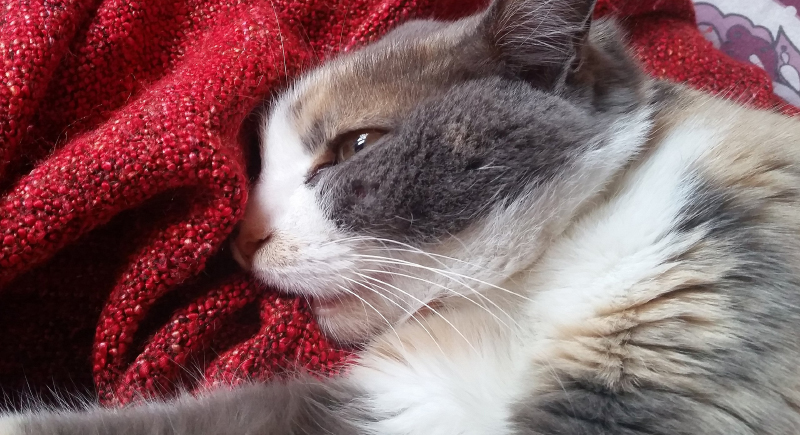
Credit: Wikimedia Commons
Kneading is one of the first things a kitten learns. It stimulates milk flow when nursing. As adults, they continue this behavior to self-soothe, mark territory using scent glands in their paws, or show comfort and affection. It often means a cat feels safe enough to relax completely.
The Sudden Zoomies
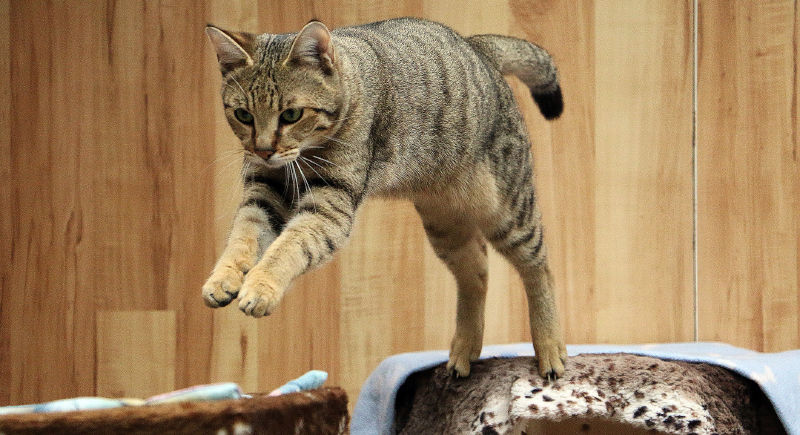
Credit: iStockphoto
When a cat tears through the house like it’s auditioning for a car commercial, it may look chaotic, but it’s normal. These bursts of energy called “frenetic random activity periods” (FRAPs), help cats release pent-up energy, especially after long naps. It’s most common in young cats, though older ones still get occasional zooms.
Staring At Absolutely Nothing
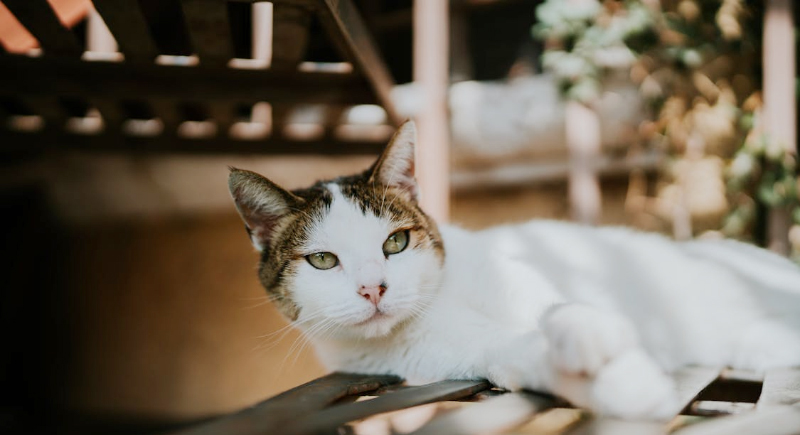
Credit: pexels
Cats’ vision and hearing are more sensitive than ours. They hear ultrasonic frequencies and detect subtle movements that escape human perception. When it seems to stare at nothing, it might be tracking dust, bugs, or faint sounds from walls or floors. Their eyes can also pick up ultraviolet light.
Presenting The Rear End
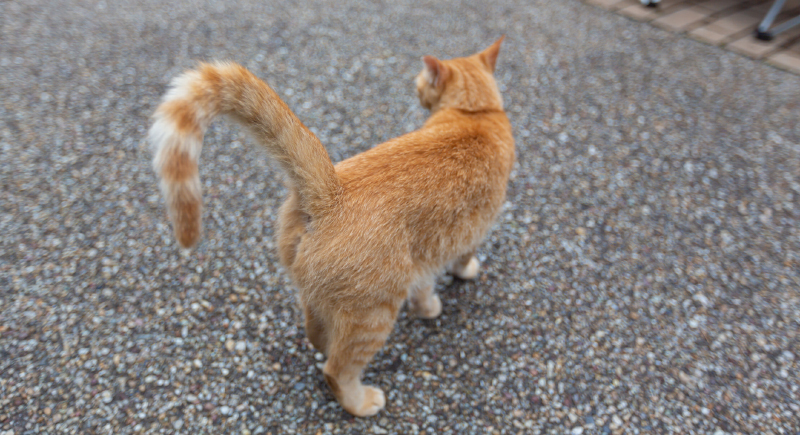
Credit: iStockphoto
When a cat turns around and lifts its tail toward someone’s face, it’s a feline social gesture. Among cats, this behavior signals trust and is an invitation for scent exchange. While people aren’t expected to reciprocate, a cat offering this greeting is essentially saying, “You’re part of my circle.”
Obsessing Over Boxes
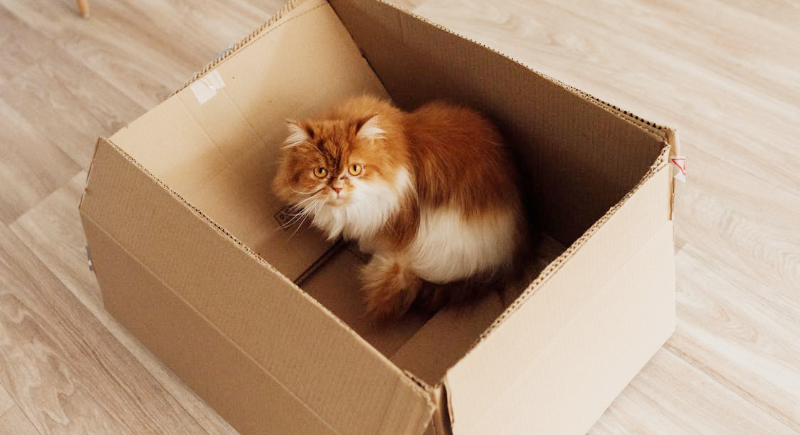
Credit: pexels
Cardboard boxes serve as secure hideouts. Cats, both predator and prey by nature, like spaces that offer concealment. Boxes provide a place to monitor the environment while staying hidden. They also help reduce stress by creating a safe, enclosed space.
Knocking Things Off Tables
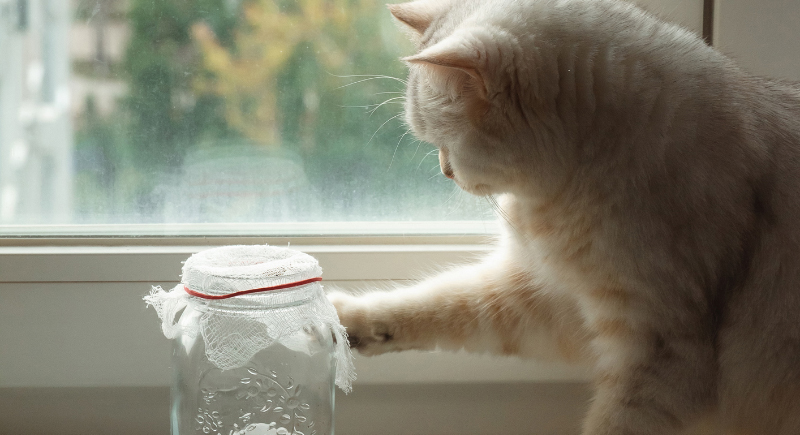
Credit: iStockphoto
Cats push objects off surfaces because they’re curious about cause and effect. Sometimes, it’s boredom or an attempt to get attention. A moving object also mimics prey, so swatting it off a ledge might feel like hunting practice.
Eating Plastic Or Other Odd Textures
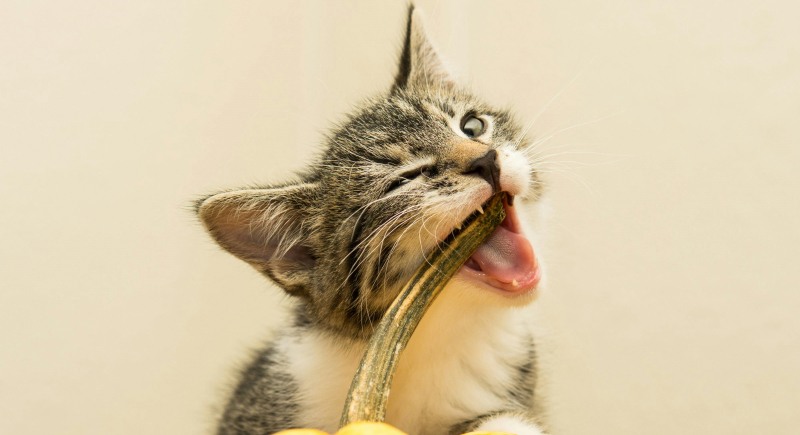
Credit: pexels
Some lick or chew plastic, wool, or even shoelaces. This could stem from a condition called pica, or it may simply be a sensory preference. Kittens weaned too early are more likely to develop these habits. The texture or scent may also resemble animal fat or proteins used in packaging.
Sleeping In Bathroom Sinks
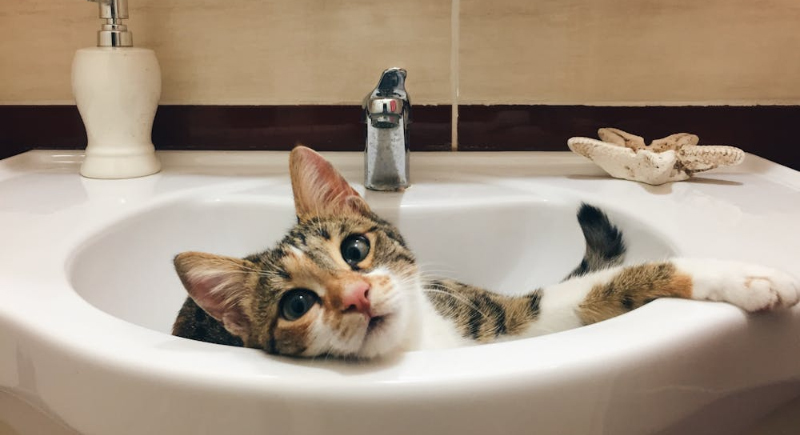
Credit: pexels
Sinks offer the perfect combination: a cool, contoured shape that hugs their body and a private spot away from foot traffic. Porcelain stays cool, which can feel good on warm days. For cats that dislike change or commotion, bathroom sinks offer another hideaway.
Winking And Slow Blinking
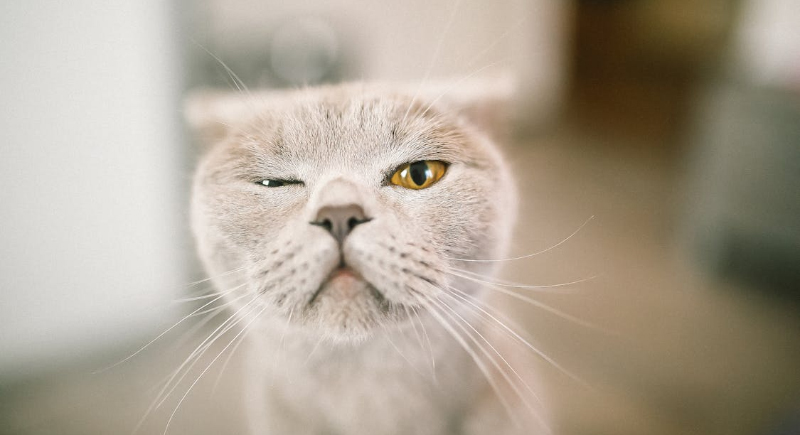
Credit: pexels
In feline communication, prolonged eye contact can be threatening. So blinking slowly is like saying, “I’m relaxed and not a threat.” Some owners mimic the gesture to communicate back. It’s sometimes called the “cat kiss,” and it’s about as affectionate as felines get with their eyes.
Chirping At Birds
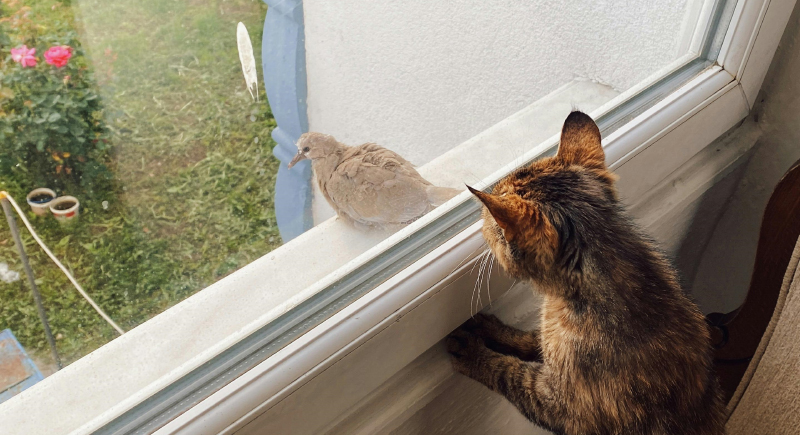
Credit: pexels
A chirp or chatter directed at birds or squirrels through a window is both exciting and frustrating. Cats mimic birdlike noises in anticipation of the hunt. Some researchers think it may be instinctive preparation for a bite or target motion—an example of muscle memory triggered by prey visuals.
Covering Food Or Toys
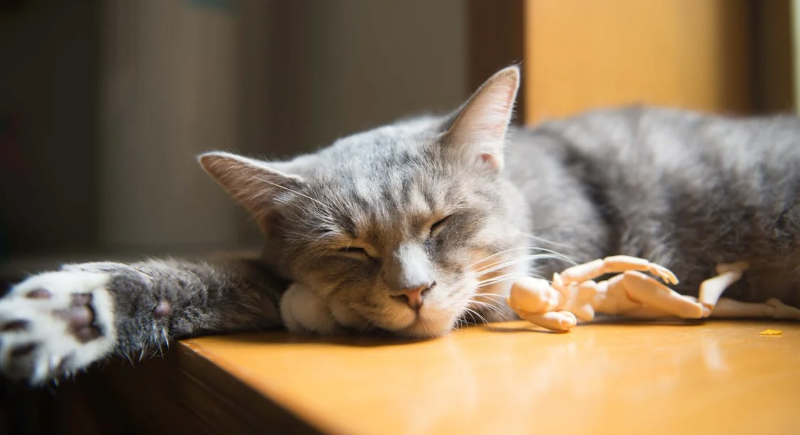
Credit: pexels
Sometimes, cats pretend to bury leftover food or even toys. This behavior mirrors wild feline instincts, where prey is cached for later. Covering items can also mask the scent from potential scavengers. In a household setting, it might look like scratching around a bowl or piling up toys in odd corners.
Licking Their Humans
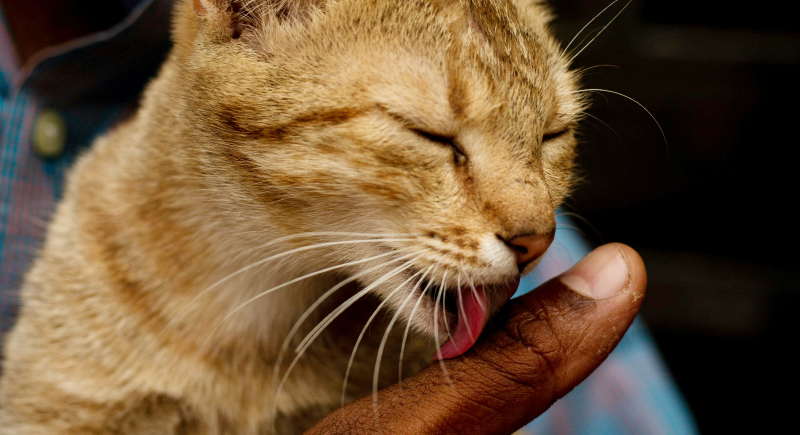
Credit: pexels
A cat’s tongue feels like sandpaper due to papillae, tiny spines that help them groom fur. When a cat licks a person, it may be attempting social grooming. If it gets out of hand or is directed at inanimate objects, it might signal stress or an effort to self-soothe.
Refusing To Drink From Bowls
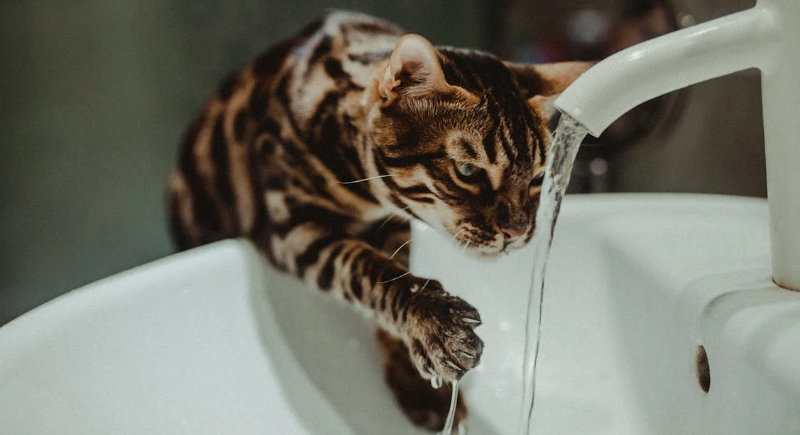
Credit: pexels
Despite having fresh water, some insist on sipping from faucets or puddles. Instinct might tell them that standing water is unsafe. Moving water is often fresher in the wild, so cats may be drawn to dripping taps or fountains. Bowl placement and whisker sensitivity also play a role.
Sleeping On Laundry
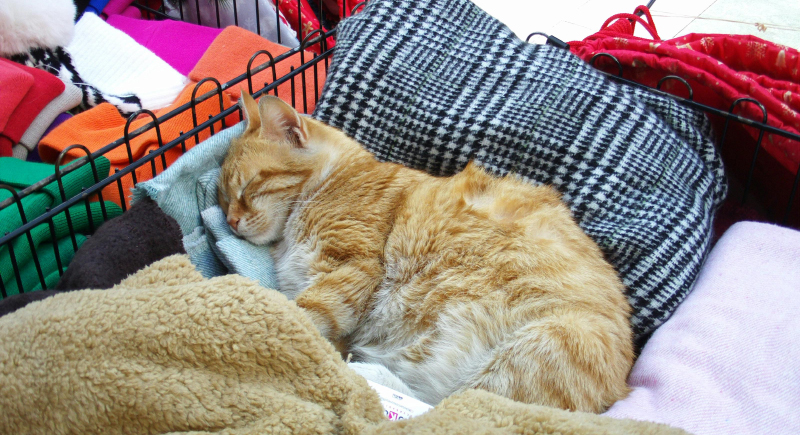
Credit: pexels
Freshly laundered clothes often become instant cat beds. The reason is simple: warmth and scent. Clothes fresh from the dryer retain heat, and they also smell like the person wearing them. Cats find comfort in familiar smells, especially if it’s from someone they trust.
Sneering Or Lip Curling
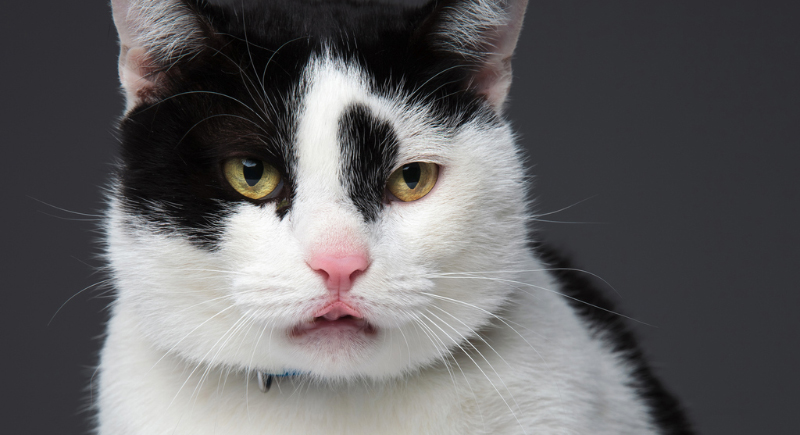
Credit: iStockphoto
Cats sometimes curl their lips and appear to sneer. This is the Flehmen response, triggered by interesting scents, especially pheromones. They draw scent particles into a special organ on the roof of the mouth called the Jacobson’s organ. The face they make may look comical, but it’s a high-level chemical investigation.